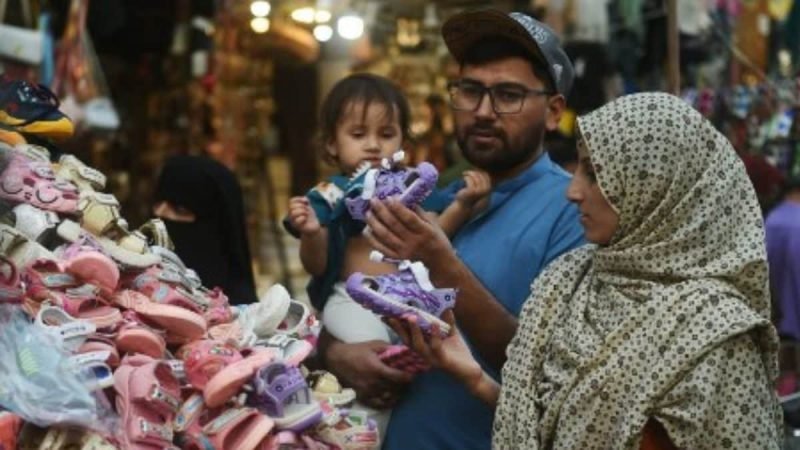Retail inflation figures, also known as consumer price inflation (CPI), affect people directly. Pakistan’s inflation reached a record high of 35.37 percent in March. This means that the prices of food items go up, but people’s incomes do not increase. This starts a cycle where people have to balance their lives with limited financial resources. Reduced spending means less money in the economy. If inflation goes on for a long time, it can affect the whole economy.
There is another worrying aspect to this situation, which is the sensitive price index (SPI). It monitors the prices of essential items like food items, diesel and petrol. This year, the SPI has mostly been above 40 percent. In the latest data release, it reached a record level of 47.23 percent in the week ending April 19. Higher SPI means increased prices for all essential items.
According to reports from Pakistan, people’s Eid celebrations were affected by this crisis. People either had no money or had a limited shopping budget. The prices of wheat flour went up by 144 percent, diesel prices by 103 percent, petrol by 88 percent, potatoes by 99 percent, bananas by 99 percent, eggs by 98 percent, broken basmati rice by 87 percent and moong pulse by 69 percent.
The prices of all essential items such as food, medicine, transportation, and electricity have gone up in Pakistan. The country is facing a huge cash crunch, and a food crisis may stay longer and affect more areas. The income level of each Pakistani is slated to significantly go down this year. According to World Bank estimates, each Pakistani’s average annual income was expected to come down to $1,399.1 in the fiscal year 2022-23.
Pakistan’s GDP growth rate is expected to see a massive dip this fiscal. According to the State Bank of Pakistan (SBP), the country’s economy grew by 6 percent in 2021-22. The World Bank projection brought it down by 93.33 percent for 2022-23, at 0.4 percent. The country is facing a historically low foreign exchange reserve of $4.46 billion, a historically high PKR to USD exchange rate at 283, and external debt of $126 billion.

